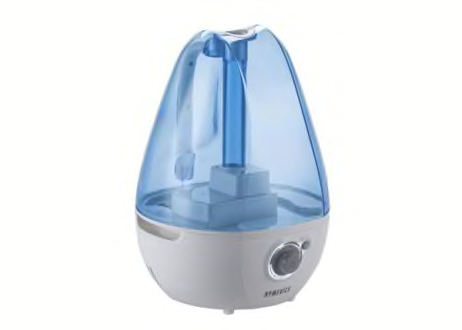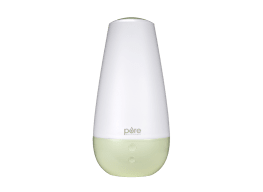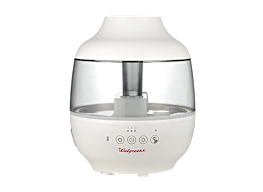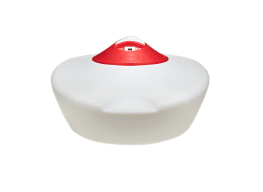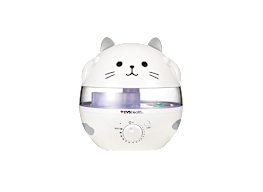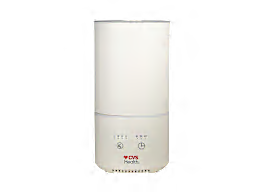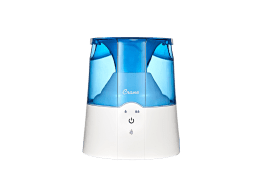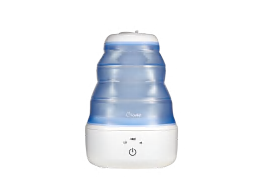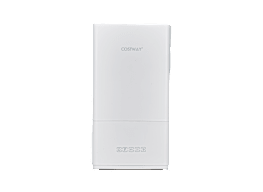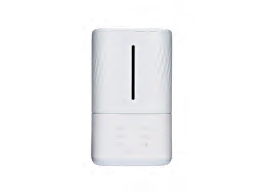Think about where it will go. You may be tempted to sidestep the legwork of figuring out the right humidifier for your room size and simply get the biggest humidifier available. Please resist that temptation. If you get a humidifier that’s too big for a room, you’ll wind up with too much moisture in the air, and that can breed dust mites and mold, and trigger allergic reactions to them, according to the Asthma and Allergy Foundation of America. Get the humidifier with the moisture output for what you need.
Ease of use matters, too. Whether it’s a tabletop model or a floor model, you want a humidifier that’s easy to move. With evaporative humidifiers, make sure the wick is simple—and economical—to replace. How often you have to replace it varies by model and how much you run the humidifier. Look for user-friendly controls and clearly visible displays of the humidity level and settings. You can see how user-friendly the humidifiers in our tests are by checking a model’s convenience rating.
A humidistat helps. Almost half of the humidifiers in our ratings, mostly models meant for larger rooms, have a humidistat that shuts off the unit when it reaches a set humidity level. We note which models have a humidistat in the full view of our ratings, as well as how accurate those humidistats are. If your humidifier doesn’t have a humidistat, buy an inexpensive digital hygrometer to monitor your room’s humidity levels; prices start under $10.
Consider how much cleaning is required. Some humidifiers are easier to clean than others, so check the convenience score for each model in our humidifier ratings to see what you’re willing to live with when choosing a model. In most cases, you’ll need to drain, rinse, and dry the humidifier daily; follow the manufacturer’s instructions for routine cleaning.
“If a humidifier isn’t properly cleaned, microorganisms can grow in the tank, become airborne, and possibly be the cause of respiratory problems,” says Ashita Kapoor, associate director of product safety at CR. Always clean your humidifier before its first use and at the start of the humidifier season as well, Kapoor recommends.

















